Creating your own nitrogen fertilizer at home is cost-effective and allows you to control the ingredients used, ensuring a more sustainable approach to gardening. This article aims to guide you through simple and effective methods to produce nitrogen-rich fertilizers using easily accessible materials. Whether you are an avid gardener looking to enrich your soil naturally or a beginner exploring eco-friendly gardening solutions, these DIY recipes and tips provide a comprehensive overview to help your plants thrive. From understanding the role of nitrogen in plant growth to selecting the best natural ingredients, this guide covers everything you need to know to get started with homemade fertilizers.
What is Homemade Nitrogen Fertilizer?
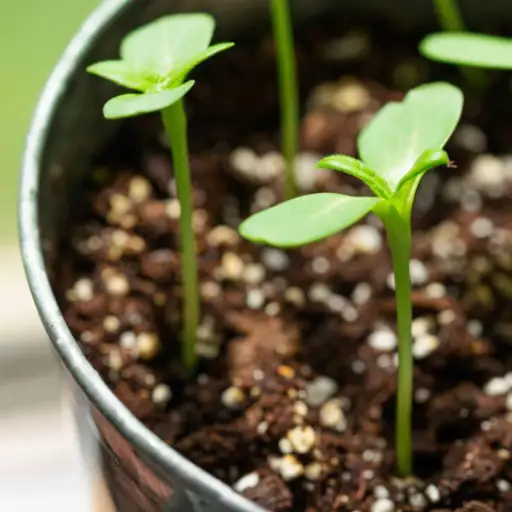
Getting to Know Nitrogen in Fertilizers
All plants require nitrogen in their growth, and it is needed for vegetative growth, and all-round wellbeing of the plant. It is required in the structure of chlorophyll, which helps the plant to photosynthesise and turn sunlight to energy. It is also critical to the formation of amino acids which are the units of proteins necessary for the cells of plants as well as enzyme function. Homemade nitrogen fertilizers largely contain compost, aged manure, coffee grounds, and grass clippings. Such items effectively supply nitrogen to the soil gradually and purposefully to help maximize plant growth and productivity.
Homemade Nitrogen Fertilizer Recipes – Characteristics and Benefits
Using homemade nitrogen fertilizers has several environmental and economic benefits. To commence, they greatly minimize the the use of chemical products such as fertilizers that negatively impactult in water contamination. When natural elements like compost and coffee grounds are utilized, nitrogen fertilizers help improve the soil’s organic contenty enhancing its texture aeration. Homemade fertilizers are also inexpensive since there are used materials which on a normal situation would have gone to the garbage. There is no need to add fertilizers too in factory made proportions since only adequate nutrients that a certain plant requires are provided and these help in vegetation. In all, homemade varieties are a better way of practicing gardening for the benefit of the plants and the environment.
Common Sources of Nitrogen for Make Yourself Fertilizers
For those who want to know what nitrogen can be used to make do it yourself fertilizers, ordinary substances are in several sources. Compost is a widely and commonly accepted and utilized raw material for fertilizer as a good quality fertilizer because its nutrients are balanced and it also modifies the soil structure. Grass clippings would be of high nitrogen percentage because of the fact that they are decomposed within a very short period. Other composts that can be applied to the soil but are richer in nitrogen and other trace minerals than other plants are coffee grounds. These materials provide nitrogen and enhance plant health by supplying the soil with organic matter.
How to Make Homemade Nitrogen Fertilizer?
The Formation of a Liquid Fertilizer: Complete Action
- Collect Ingredients: Start with collecting compost, grass clippings, or coffee grounds usable as the main nitrogen sources for the liquid fertilizer.
- Fermentation Container: To brew fermented liquid fertilizer, take a big bowl or container that weighs at least 5 gallons of water. Make sure there is a lid, which will prevent the fermentation mixture from going haphazard during the fermentation process.
- Prepare the Mixture: Now fill 50% of the chosen bucket/container with any nitrogen-rich substance of your choice. If any combination is used, mix them up uniformly.
- Add Water: Fill the container with water until it is completely filled, leaving some space at the top as appropriate. Mix the compound substantially to ensure an even distribution of the nitrogen sources in the water.
- Seal and Ferment: Place back the cover on the container and let the mixture when spouted in just for about 3 to 5 days cover. And every day for about a week, stir the mixture in order to hasten the breakdown of the materials and get the fermentation process underway.
- Strain the Liquid: Even after fermentation, when the liquid is strained through a cheese cloth, put a very fine mesh over the bowl up side chlote that does not bleed trees as shredding. The liquid is your nitrogen fertilizer and it has been strained.
- Application: Mix liquid fertilizer with 10 volumes of water only for adult plants. Fertility resulting from that should help increase the nitrogen concentration in the soil and thus every two or three weeks the solution should be applied around the base of plants.
To Gain the Nitrogen-Rich Fertilizer, Use Coffee Grounds
For homemade fertilizers, coffee ground is another good source of nitrogen. These materials are also rich in the important elements of nitrogen, potassium and phosphorus, which are important in feeding the plants and improving the quality of the soil. For domestic use, coffee grounds can also be added directly into the soil around the plants, or be added to the compost to increase nitrogen content. Coffee grounds also help in bringing useful bacteria and even worms into the soil. This helps in improving the fertility of the soil. When applying for coffee ground, they should always be combined with other materials as they can be acidic and alter soil pH if used in large quantities.
Comfrey as a High Nitrogen Source
Comfrey is known for producing an effective nitrogen-rich liquid fertilizer that promotes lush, vegetative growth in plants. In case you want to use comfrey as fertilizer you may prepare a ‘comfrey tea’ by soaking its leaves in water for several weeks. This process of fermentation facilitates the breakdown of nutrients yielding a concentrated nutrient rich solution. The main benefit of comfrey is its deep rooted system which is able to bring up nutrients from the sub-soil such as nitrogen, potassium and phosphorus which help the replenishment of the top soil layer. When adding comfrey in a liquid form into the soil the liquid should always be diluted, this is done to prevent the plants from nutritional shock. Comfrey, like other fertilizer amendments, is usually applied in the form of a spray on the foliage of plants or the ground to enhance the quantity of nutrients that are available for healthy plant growth.
Best Recipes for Nitrogen-Rich Fertilizers
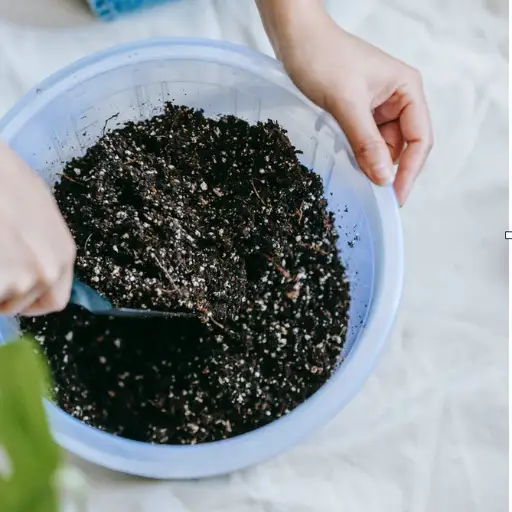
Basic Fertilizers Use Nitrogen: Batch Recipes These Are Easy to Prepare
It is important to include nitrogen bearing materials that are easily available when formulating simple batch recipes for nitrogen fertilizer. UUsing grass clippingscollected after mowing and adding them to the compost heap is one of popular and easy recipes as such greens are very rich in nitrogen. Another recipe with blood meal uses blood meal alone which has water added into it, in the ratio of two tablespoons of blood meal to one gallon of water which is then used directly on the soil. Manure tea is a strategy that is used to provide nitrogen where in about 7 days aged manure is kept in water then the strained water is used to water plants. Remember that concentrated solutions can ease the application of nutrients but should be diluted to prevent senders not expanding. Do check soil pH while diluting as well. Reason for this is to ensure that all the required nutrients in the soil medium are provided in optimal ratios for healthy plant growth.
Organic Constituent Remedies, Bringing Any Fertilizer To The Next Level
In the event that one has decided to create an organic fertilizer, a number of organic ingredient materials can be used to enrich the soil and not pollute the environment. Compost remains a top example. It consists of decomposed organic wastes from the kitchen and the garden which are used as a slow release source of nutrients (N-P-K). Green manure crops such as clover cover the ground and are turned into the soil to raise nitrogen levels. Another one of the great ingredients is bone meal that contains much phosphorus and is an essential element in root and flower formation. There is also alfalfa meal which is in abundant nitrogen and trace elements functional and is accompanied with — extracts of kelp or sea weeds that come with numerous micronutrients for the plants. These organic materials are very helpful in enhancing the health of the plants when included in the fertilizer as well as enhancing the eco-friendly nature of gardening.
Incorporation of Coffee Towards the Manure Application
The effect is even more impact if coffee grounds are combined with manure to produce a fertilizing mixture in relation to how much increase in fertility physically is achieved among soils. Coffee grounds, as dibble sticks and as well as bulldozers, are rich in nitrogen, but low in phosphorus and potassium, which are also important for the growth of the plants as well. This is because cow dung, which is a very cannel already, becomes complimented with the addition of decomposed coffee grounds, which gives organic matter and microbial activity. This strengthens the structure of the soil, levels the population of earthworms and improves the effectiveness of the drainage which all these make the plants healthier. For the effective use of this mixture, it is important to note that coffee grounds and hides should be aged or composted because fresh ones change the soil ph and nutrients. Otherwise, this mixture can be poured on the soil around the plants as may be required to ensure that vigorous growth is maintained during the growing season.
How to Use Homemade Nitrogen Fertilizer Effectively?
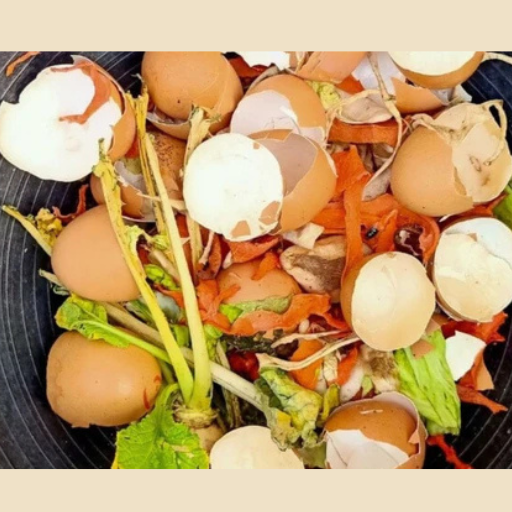
How to dilute your concentrates of the fertilizer yourself
So that the homemade fertilizer nitrogen concentrate is diluted properly, it is important to first let the user know the concentration of his or her solution. This is also important to know correctly how much to dilute the solution so that it does not cause burning of plants. The generally accepted range would be a total of one volume of fertilizer and ten volume units of water. This may change with the concentration of the fertilizer. Use only fresh water at room temperature for mixing so that plants will well utilize the nutrients. Apply a small amount of mix to a test cut and wait for 2-5 minutes. Then check the test site for any adverse effects. Avoid dabbing the mixed fertility preparation area for very long periods of time or quite regular and then frequent dabbing with longer intervals between applications. Water that has general room temperature is recommended as it aids in the maximum absorption of the nutrients. The diluted(which is mixed just before application spray which further dilutes the concentrates with more water should be done in the early mornings and late afternoons period. This is to reduce the rate of evaporation of moisture and nutrients still attached in the form of droplets on the leaf surfaces, but also to maximize the uptake of the nutrients of the day into the tissues or metaplasia growth. At the same time, some of the divisions being applied may not be what the particular plant requires. Therefore instead of waiting for weeks or thereabout to reap the plants, one is supposed to change the amount of insecticides according to the degree of infestation.
Undertaking the Task of Applying Fertilizers on Different Plant Types
While applying fertilizer on the different plant types, it is important to customize which type corresponds to that particular plant type in order to achieve maximum nutrient uptake. For vegetables, monthly applications of nitrogen fertilizer are needed, and these will include both the leafy and the yield aspects of the crops. For flowering plants concentrate on phosphorus fertilize for flowering the plant and boosting the flower longevity. Vegetative plants respond very well when phosphorus fertilizers are applied most especially during the flowering and fruit setting. The development stage of the plants must therefore always be put into consideration since their nutritional requirements change with each stage from germination and vegetative growth to the flowering phase and fruiting. It is important to emphasize the need for proper guidelines in the application of such fertilizers with few modifications depending on the response of the plant and the surrounding environment in order to minimize chances of over-feeding the plants as it may lead to poor performance in growth and health of the plants.
Timing and Frequency of Application
Developing an appreciation of the correct time and span of fertilizer application maximizes plants’ well-being and productivity. It is during the growing period of the plants when the nutrient uptake levels are at maximum, which is usually early spring and summer that gives the best timing for the application of the fertilizers. The frequency depends largely on the type of plant and fertilizer used. While applying polymers or other forms of slow releasers it is normal to repeat the application in a few months intervals, for use of liquid ones it might take a few weeks before another application is made. It is necessary to consider such approach and adjust in accordance with the type of plant, structure of soil, stage of growth without making excess fertilization that furthermore causes nutrient burn and environmental pollution. Periodical checkups on plant and soil condition will in the long run assist in determining the modifications of the schedules for better outcomes.
Common Mistakes to Avoid When Making Homemade Fertilizer
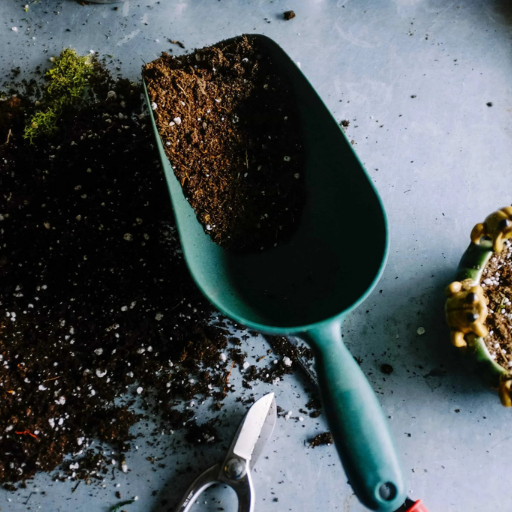
Overusing High Nitrogen Ingredients
In edible garden resources, it is common practice to prepare homemade fertilizers and nut providing required vegetative growth nitrogen ingredients can be abused. In my findings, I discovered that excessive use of fertilizers over a period of time, for example, has the tendency to encourage excessive foliage at the expense of fruit and flower formation. Such a case more often than not makes the plants less resistant to pests as well as diseases. Furthermore, additional nitrogen compounds can leach out of the soil especially in agricultural lands leading to eutrophication in oceans, lakes, and rivers. To avoid such undesirable details, it is necessary to combine the amount of nitrogen with other macroelements like phosphorus and potassium as well as observe the reaction of plants towards those nutrients to balance their consumption.
Improper Fermentation Techniques
If I may add to all the knowledge I have gleaned so far, the efficiency of homemade fertilizers may be quite reduced if improper fermentation techniques are applied. Fermenting for the right amount of time is one usual error. Insufficient fermentation often means that some beneficial nutrients or microorganisms may not have reached full development, thus resulting in an inferior fertilizer. On the other hand, it is known that excessive fermentation will produce an undesirable smell with a product that is too acidic or otherwise out of balance for plants. Applying such a technique, depending on the precise used raw materials, will prevent the over or under-fetment of the end product, which is useful to the plants. It was also noted that routinely stirring and maintaining the same temperature of the mixture will help with the healthier fermentation of the mixture.
Unbalanced nutrient management practices
My farmer friends have mentioned to me that nutrient balance is one of the determining factors that can be ignored when applying fertilizers. After considering such views, I understand that a proper nutrient ratio can and should be provided for a wide array of plants. The existing literature, as well as plant physiology, suggest that a proper ratio of macro elements must be followed, which includes nitrogen, phosphorus, and potassium among others. But one should not forget about micronutrients such as iron, zinc, manganese, etc. Though supplied in minute quantities, micronutrients can create chaos if neglected. Therefore, by considering the entire picture with regards to the management of nutrients, I have managed to feed my plants with the right nutrients, which has helped promote their healthy development and reduced cases of deficiencies or excesses. There are both food sustainable plants as well as environmentally friendly gardening practices that facilitate all these forms of practices.
Reference sources
- Homemade Nitrogen Fertilizer – This article discusses easy-to-make nitrogen fertilizers using readily available ingredients like grass and urine.
- Feasibility of Stabilised Nitrogen Fertilisers – This scientific article explores the use of stabilised nitrogen fertilizers to reduce greenhouse gas emissions, providing insights into the broader feasibility of nitrogen fertilizers.
- The Benefits of Using Natural Nitrogen Fertilizer for Your Plants – This blog highlights the long-term benefits of natural nitrogen fertilizers in maintaining soil fertility and promoting a balanced soil ecosystem.
Frequently Asked Questions (FAQs)
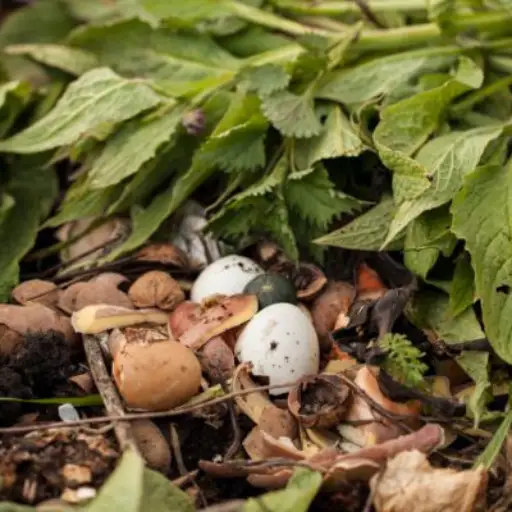
Q: What are some easy recipes to make your own organic nitrogen fertilizer?
A: Homemade fertilizers can be produced out of various ingredients like stinging nettle, legumes as well as grass cuttings. They are rich in nitrogen and can even be mixed in a 5-gallon bucket with water to produce an organic liquid fertilizer.
Q: How can I use chicken manure as a nitrogen-rich fertilizer?
A: Chicken manure has a high nitrogen level so its fertilizer can be produced at home. It can also be composted or mixed with water in a gallon bucket and become an organic liquid fertilizer. Just make sure you let it rest for a week or two so the risk of burning the plants is minimal.
Q: Is pee a good source of nitrogen for plants?
A: Yes, pee does contain nitrogen; therefore it can be used to fertilize the garden. It is recommended that it be first mixed with a good quantity of water in order to eliminate the chances of excessive concentration which may damage plants.
Q: What does the definition of the NPK ratio mean and why do nitrogen fertilizers bother with it?
A: The NPK ratio denotes the composition of a fertilizer as a percentage of nitrogen, phosphorus and potassium. For nitrogen fertilizers, you’ll want a high percent nitrogen in order to increase growth effectively. Many home made fertilizers will have differing NPK ratios based on the composition of the ingredients used.
Q: I wonder if grass clippings can be used as a homemade fertilizer?
A: Yes, grass cuttings have a small concentration of nitrogen and are an excellent ingredient in preparing homemade organic fertilizers. They can be composted or used on the surface of the soil as mulch to gradually build up nitrogen over time.
Q: Which plants are the best nitrogen-supplying crops?
A: Legume plants such as peas and beans tend to accumulate nitrogen well. They can convert nitrogen present in the air into the ground and thus can be helpful with other nitrogen-needing plants.






